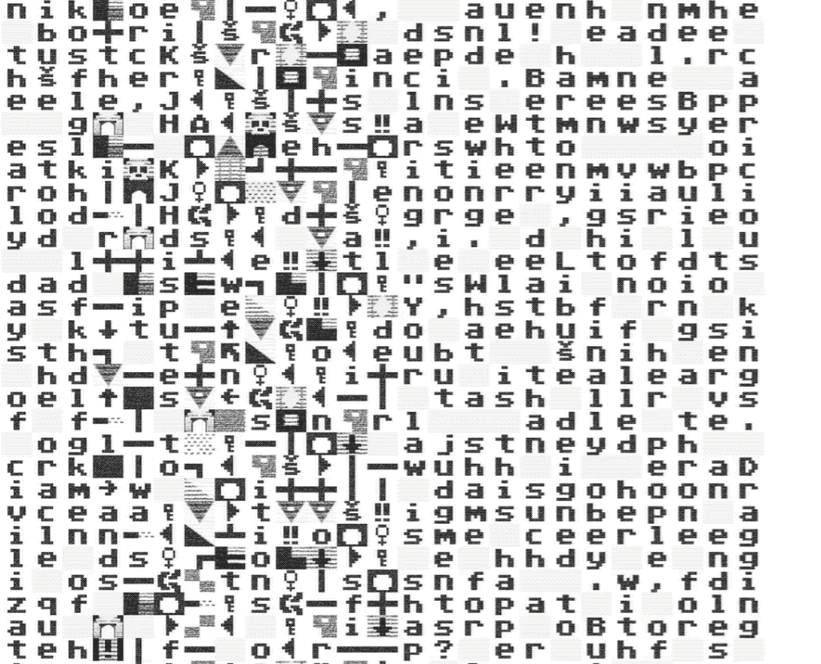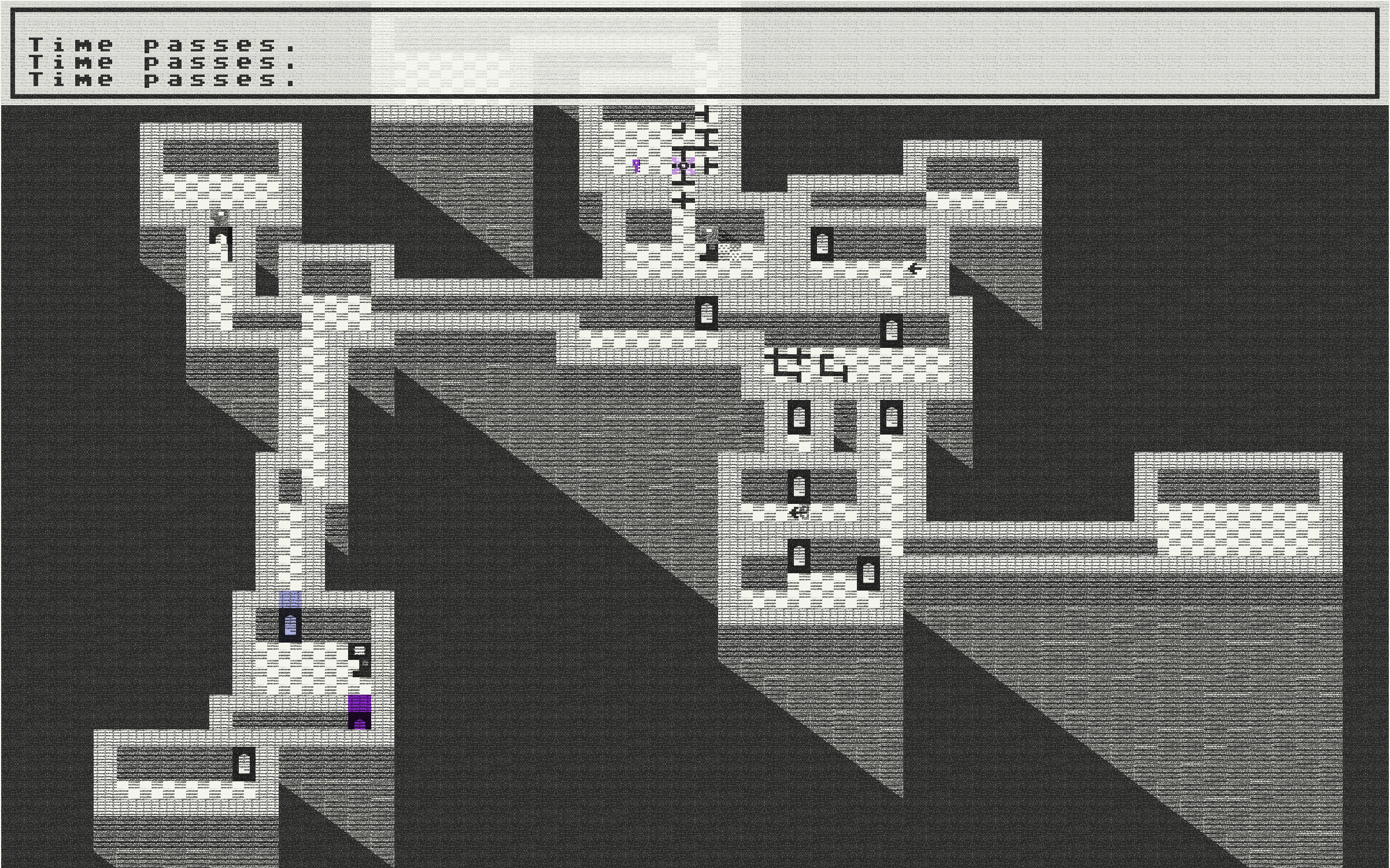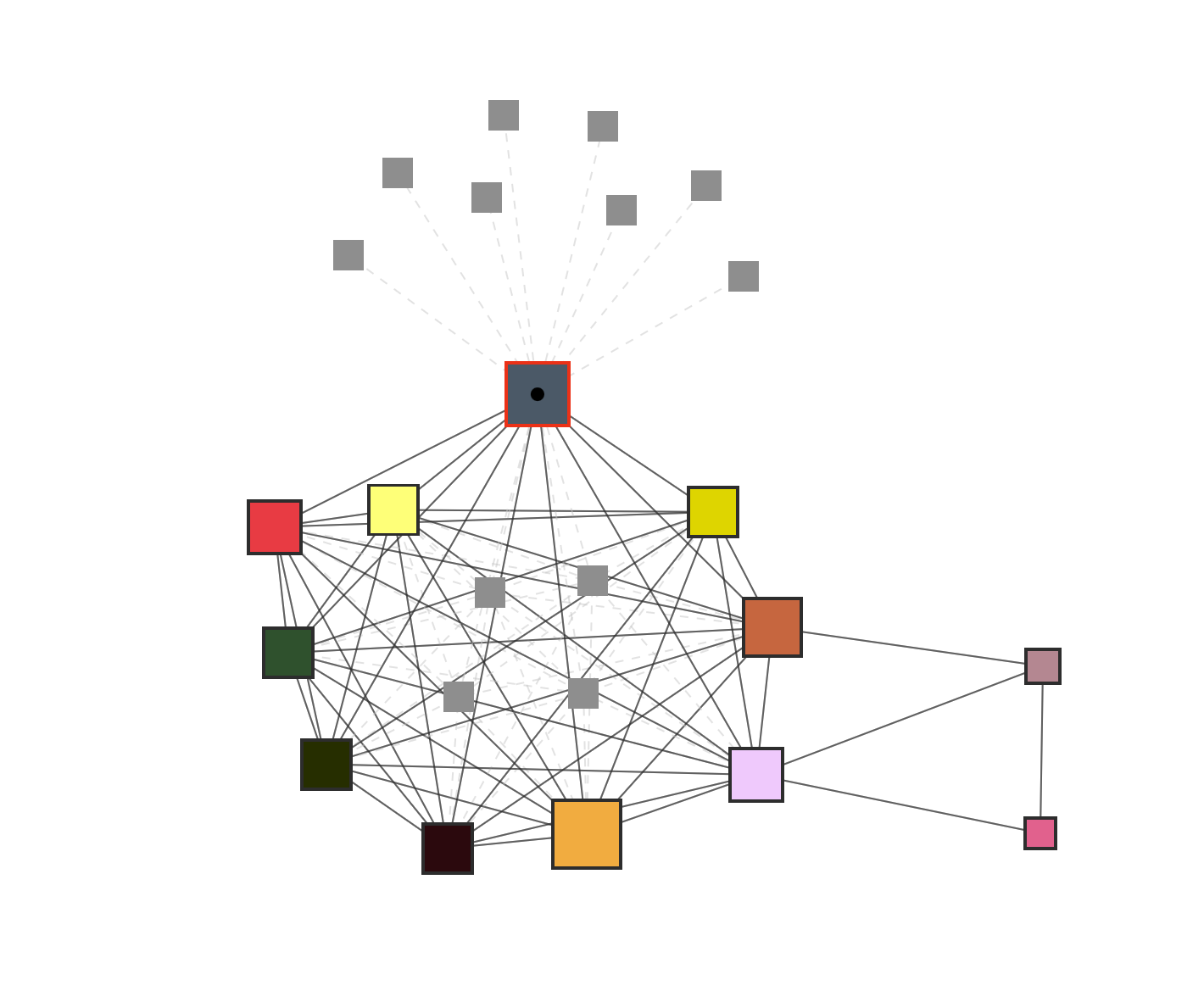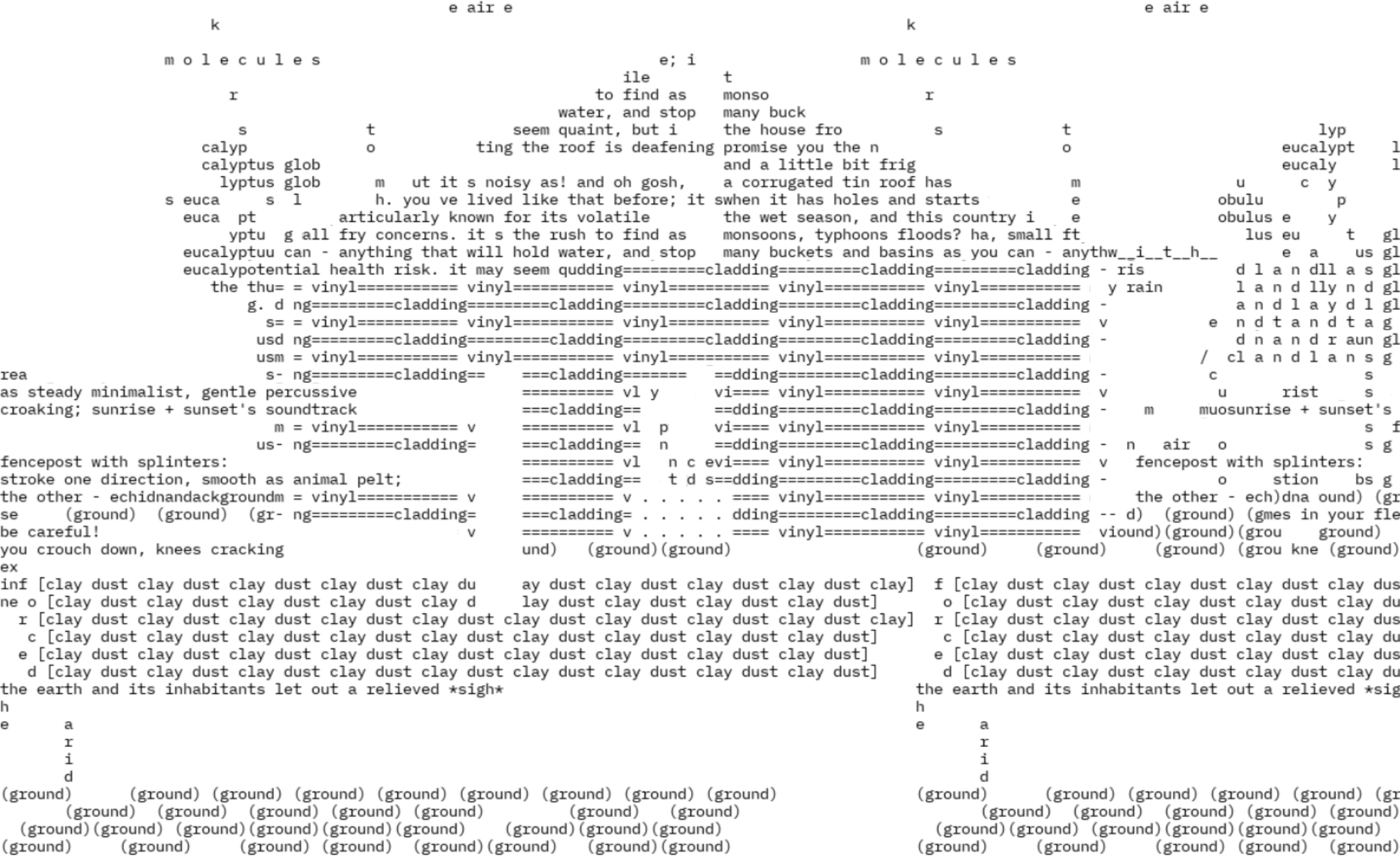Jan 16, 2024
Great sounding class that aligns with some of my research interests, but I can’t take it due to teaching obligations. I would really like to be in a reading group that discussed Manfredo Tafuri, since I found him both one of the most interesting and the most chalenging of the writers I investigated.
More ➜
Jan 15, 2024
It’s funny looking back at this blog for the last year or so and finding only really terse notes about school projects and the aftermath of school projects when there is obviously so much going on in the world. The violence and darkness that surrounds us can make us feel small and disempowered, but everyone is part of history, and we all move it together. A better world is, as they say, possible. There’s so much in my research that connects history to this present moment, but it’s also a path that seems to be taking me further and further from the actual act of making games. That’s fine, but the path i’ve been going feels like it would have benefitted from a different degree than a practice degree (I will admit that the Information Science class I took was really compelling). Right now I want to make things that connect me to people rather than isolate me further, and to do that I need to keep refining and experimenting in a game making practice.
More ➜
Jan 4, 2024
In middle school, a local grocery store helped donate Apple IIe computers to our school. As a result I got to attend a computer class in a lab full of Apple IIs. The teacher would treat the class by showing these little animations every week.
More ➜
Jan 1, 2024
Happy New Year.
 Not sure what to tag today’s log, I’m still working with the tileset from Grotto, but it’s moving into other areas, like the cellular automata I started working with a few months ago. I’m starting to take all of the small javascript projects that use the tiles and bring them together into a single repository with a separate node.js app that would hypothetically get input from switches or other devices and then switch between/effect the small projects.
Not sure what to tag today’s log, I’m still working with the tileset from Grotto, but it’s moving into other areas, like the cellular automata I started working with a few months ago. I’m starting to take all of the small javascript projects that use the tiles and bring them together into a single repository with a separate node.js app that would hypothetically get input from switches or other devices and then switch between/effect the small projects.
More ➜
Nov 21, 2023
 I haven’t been posting work notes while the world crumbles, but I’ve been keeping them locally. There’s been a few updates to the unnamed roguelike that are worth mentioning, the first is I’ve been experimenting with a creeping plant class, working off the idea that once the player dies the game keeps going, and plant growth would be nice. Other than that, lots of little tweaks, like refactored item and entity classes, arrows that can spread fire, fire destroying things, and I experimented with multiple player instances, which just worked on the first try.
I haven’t been posting work notes while the world crumbles, but I’ve been keeping them locally. There’s been a few updates to the unnamed roguelike that are worth mentioning, the first is I’ve been experimenting with a creeping plant class, working off the idea that once the player dies the game keeps going, and plant growth would be nice. Other than that, lots of little tweaks, like refactored item and entity classes, arrows that can spread fire, fire destroying things, and I experimented with multiple player instances, which just worked on the first try.
More ➜
Oct 16, 2023
While it’s not as attractive or ‘in-world’ as a mazelike tilemap representation would be, I’ve made an auto minimap for grotto using D3. D3 is a library to procedurally draw SVG in a browser, and it’s commonly used for interactive data visualizations. I used it here because it has the ability to create force directed node maps. This means nodes are repelled from one another in a game-physics like simulation, so rather than needing to figure out how to place them on the screen, they simply spread out to positions where they no longer overlap. Here’s what it looks like in a room with a lot of sibling nodes:


More ➜

 Not sure what to tag today’s log, I’m still working with the tileset from Grotto, but it’s moving into other areas, like the cellular automata I started working with a few months ago. I’m starting to take all of the small javascript projects that use the tiles and bring them together into a single repository with a separate node.js app that would hypothetically get input from switches or other devices and then switch between/effect the small projects.
Not sure what to tag today’s log, I’m still working with the tileset from Grotto, but it’s moving into other areas, like the cellular automata I started working with a few months ago. I’m starting to take all of the small javascript projects that use the tiles and bring them together into a single repository with a separate node.js app that would hypothetically get input from switches or other devices and then switch between/effect the small projects. I haven’t been posting work notes while the world crumbles, but I’ve been keeping them locally. There’s been a few updates to the unnamed roguelike that are worth mentioning, the first is I’ve been experimenting with a creeping plant class, working off the idea that once the player dies the game keeps going, and plant growth would be nice. Other than that, lots of little tweaks, like refactored item and entity classes, arrows that can spread fire, fire destroying things, and I experimented with multiple player instances, which just worked on the first try.
I haven’t been posting work notes while the world crumbles, but I’ve been keeping them locally. There’s been a few updates to the unnamed roguelike that are worth mentioning, the first is I’ve been experimenting with a creeping plant class, working off the idea that once the player dies the game keeps going, and plant growth would be nice. Other than that, lots of little tweaks, like refactored item and entity classes, arrows that can spread fire, fire destroying things, and I experimented with multiple player instances, which just worked on the first try.

